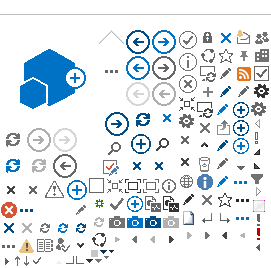Significant errors & omissions claims have resulted from the marketing and procurement of personal umbrella policies—or lack thereof. Here are a few landmines to watch out for.
Today, more and more people are becoming concerned about protecting themselves and their families from liability exposure and damages they might incur in the wake of a serious accident.
The good news is that more people are purchasing personal umbrella policies to cover large, worst-case-scenario exposures. But insurance professionals must take great care when procuring these policies.
Significant errors & omissions claims have resulted from the marketing and procurement of PUPs—or lack thereof. Here are a few landmines to watch out for:
1) UM/UIM. Does the PUP provide coverage above the primary auto policy on an underlying uninsured/underinsured motorist claim? Not all personal lines carriers cover this exposure.
Always check with the umbrella carrier to see if the policy includes UM/UIM coverage above the primary limits, and advise the customer in writing if it does not. Otherwise, if the insured is involved in a catastrophic accident and the umbrella does not provide coverage, they could—and often do—turn to their agent’s E&O carrier for relief.
2) Late notice. Failure to promptly report claims to the umbrella carrier in addition to the primary carrier is another common trigger of PUP-related E&O claims. Even if the underlying loss does not appear serious at first blush, initial investigations can be inaccurate, and facts can change over time.
Most PUPs contain language requiring the loss to be reported to the carrier as soon as possible or practicable. To fulfill that duty, make sure you report every claim to every potential carrier as soon as you’re aware of it.
3) Gaps between policies. Are you confident that the primary policy limits satisfy the requirements of the PUP? If the primary and umbrella policies are with different carriers, this may not be the case. A common example: The customer procures their own primary auto policy from a direct carrier, while the agent places homeowners and personal umbrella coverages.
PUPs usually have an attachment point that requires a certain amount of underlying coverage. Always get a copy of the declaration pages for all primary policies and advise the customer in writing of potential gaps in coverage.
4) Changes in circumstances. Handle any policy change request from the customer with fresh eyes, and communicate all policy changes to all parties in writing.
5) Limits. Does the PUP provide the amount of protection the client needs? Carefully review the PUP with the client to confirm that it meets the client’s expectations. PUPs differ in the amount of limits they offer and whether they “follow form” of the primary policy.
Brian Butcher is a vice president, claims expert with Swiss Re Corporate Solutions and teleworks out of the office in Overland Park, Kansas. Insurance products underwritten by Westport Insurance Corporation, Overland Park, Kansas, a member of Swiss Re.
